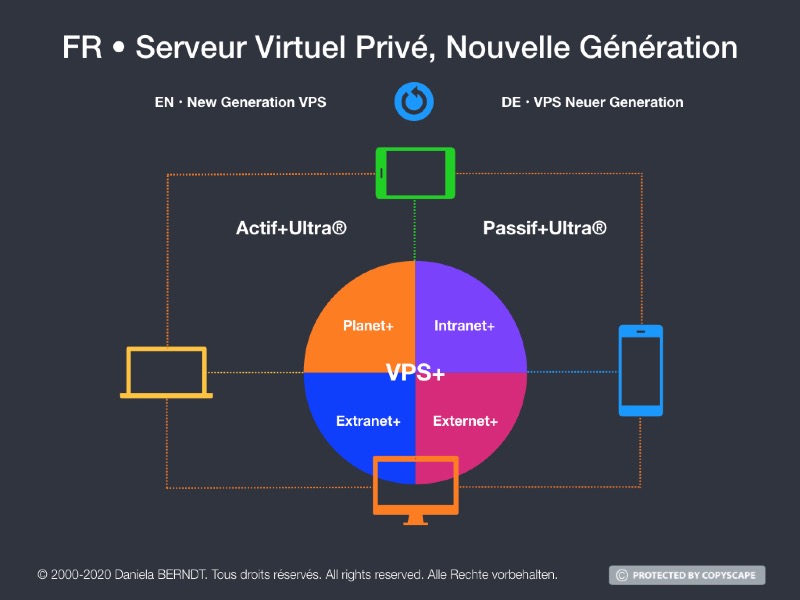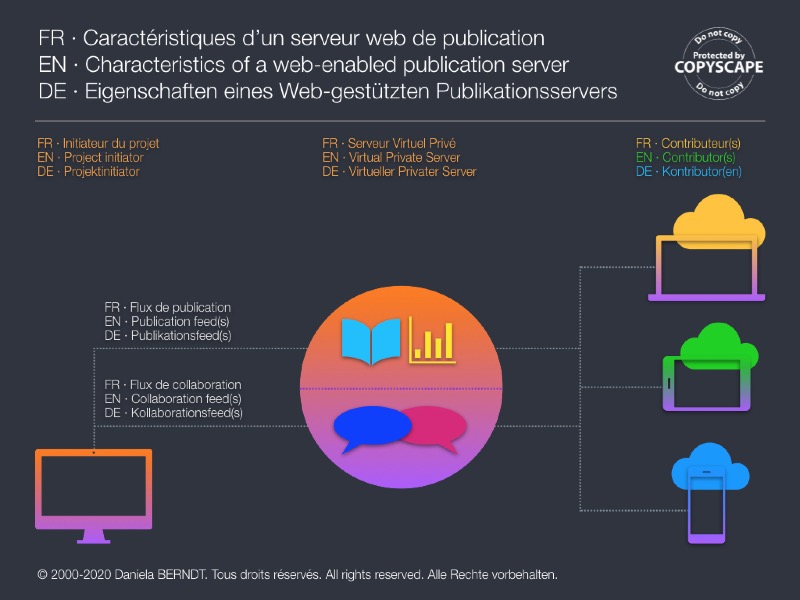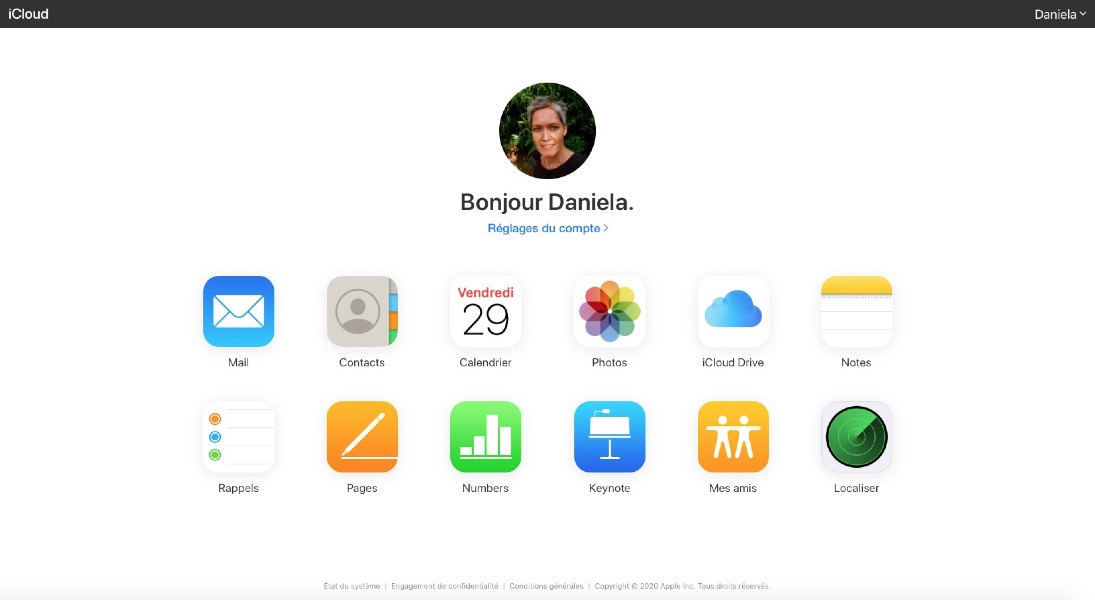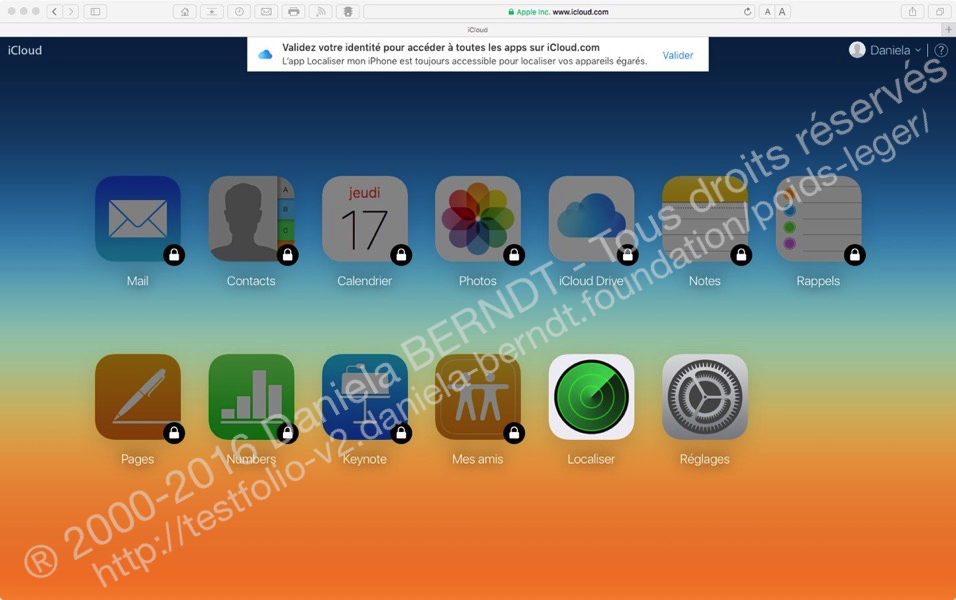Regaining our Moral and Financial Independence
The revision of our configurations of entry into the capitalization process, right upon registration with an ISP, would rid each additional network perimeter (or aggregation level) of whatever has become obsolete and/or redundant with regard to the conceptual upstream and downstream production steps, thereby enabling the said process to redefine itself in terms of the value remaining to be added. Following is a slideshow illustrating how this improvement would impact the native macOS "Intranet+" perimeter, as reconfigured after implementation of the system and iCloud Identifiers presented at step 3 (↳):
- ASSETS (AFTER)
- LIABILITIES (BEFORE)
Presentation of the pre-conceptualized model of a Virtual Private Server (VPS), as reserved for the future native Intranet+Ultra® environments presented at step 4 (please refer to the "cartography of assets" of Keynote 4/4).
In this model, the integrity of the proof of concept, in terms of metadata feeds circulating between a sender and a recipient, deploys itself between a source production environment, located on the hard drive of the author and project initiator, who is also the holder of two identifiers (System and Server), and a target environment, which is none other than the author's publication server itself, through which the project-related app-based collaboration feeds between the initiator and the contributor(s) are also transiting. In case of alleged fraud such as plagiarism, confirmed by a verification of the server metadata following a conceptually filed report, the duplicate (on the publication server) of the original (on the hard drive) can be seized by blocking the suspected account, for as long as necessary and sufficient to authenticate the identity of the author of the fraud. In case of a simple "Intranet+" connection failure, the author can continue to work on his·her web project (please click on a thumbnail to enlarge the view).-

Master-franchised client-server architecture (Techfolio v2.6/2019+).
-

Mac OS X El Capitan (Testfolio Omega v1.0/2016+).
-

Intranet+Ultra® Systems Map (Testfolio Omega v1.0/2016+).
Screenshot of my iCloud homepage interface, as seen from Safari v9.0.3 for Mac OS X El Capitan v10.11.3.
In terms of DRM-based transparency engineering, the major inconvenience of such an entirely web-based iCloud space of content storage and synchronization across devices belonging to the same author is that it is literally mounted "upside down", meaning that it does not respect, in a manner which is transparent enough for the author initiating a project, the necessary distinction between source metadata (date at which the content is created on the source device) and target metadata (date at which the said content is added to the storage space of destination and/or transit). If the user does not take the precaution of making a copy of the original source document to be shared, before uploading it to his·her Drive, the original (displaced) file becomes captive of the distant storage server, which suffices to compromise the integrity of the date of creation as a proof of anteriority of the production process initiated by the author. In terms of aggregate digital economics, this kind of reversal of the causal relationship promises either a very cloudy sky indeed, or a very sunny one, for lack of adopters (please click on a thumbnail to enlarge the view).-

Transparency shines through (Testfolio Omega v3.0/2020+).
-

The weather clears up on the iCloud network (Testfolio Omega v3.0/2020+).
-

Mac OS X El Capitan (Testfolio Omega v1.0/2016+).
-

iCloud Network Weather Forecast (Testfolio Omega v1.0/2016+).
Upon purchase of a computer, a System ID is created: the email address to be provided by the user automatically identifies the latter’s ISP, as all devices are internationally localized, i.e. adapted to the national markets on which they are intended to be sold.
Upon creation of the "iCloud/Server ID", the system asks the user to choose between either a storage (Cloud-enabled) configuration, or a publication (VPS-enabled) configuration.
The activation of a publication server (VPS) implies the subsequent download, from the App Store (of the "Intranet+" ring), of a compliant native web editing app, let's call it "iNet" for now, which could be a lighter, entirely reviewed, "Intranet+" version of the discontinued iWeb.
The distant connection to the VPS from within the browser provides a remote access of the "net2ftp" type (↳) to the publication server, which also hosts a Drive partition providing app-based encapsulation (encryption) of the collaborative content feeds transiting through apps such as Calendar, FaceTime, Messages, Notes, Photos, Reminders, etc.
The activation of the publication option at step 2 above reallocates the storage capacities (↳) corresponding to the various subscription plans available, and provides access to the IT supplier’s (Apple in the present example) web hosting services for "lightweight" to "middleweight" projects (after that, a new "macOS Server" app could take over).
If the user decides to subscribe with a third-party web hosting provider such as OVH, s·he must extend his configuration to the multi-OS "Extranet+" ring, in order to be enabled to download, from the corresponding extended App Store, a compliant third-party app such as "RapidWeaver" for example.
For projects requiring dedicated web hosting, the user will have to choose between a native app such as macOS Server, or an equivalent third-party web host alternative. This scenario will be developed in further detail at stage 8 of the present Testfolio Omega, which covers the "heavyweight" configuration.






